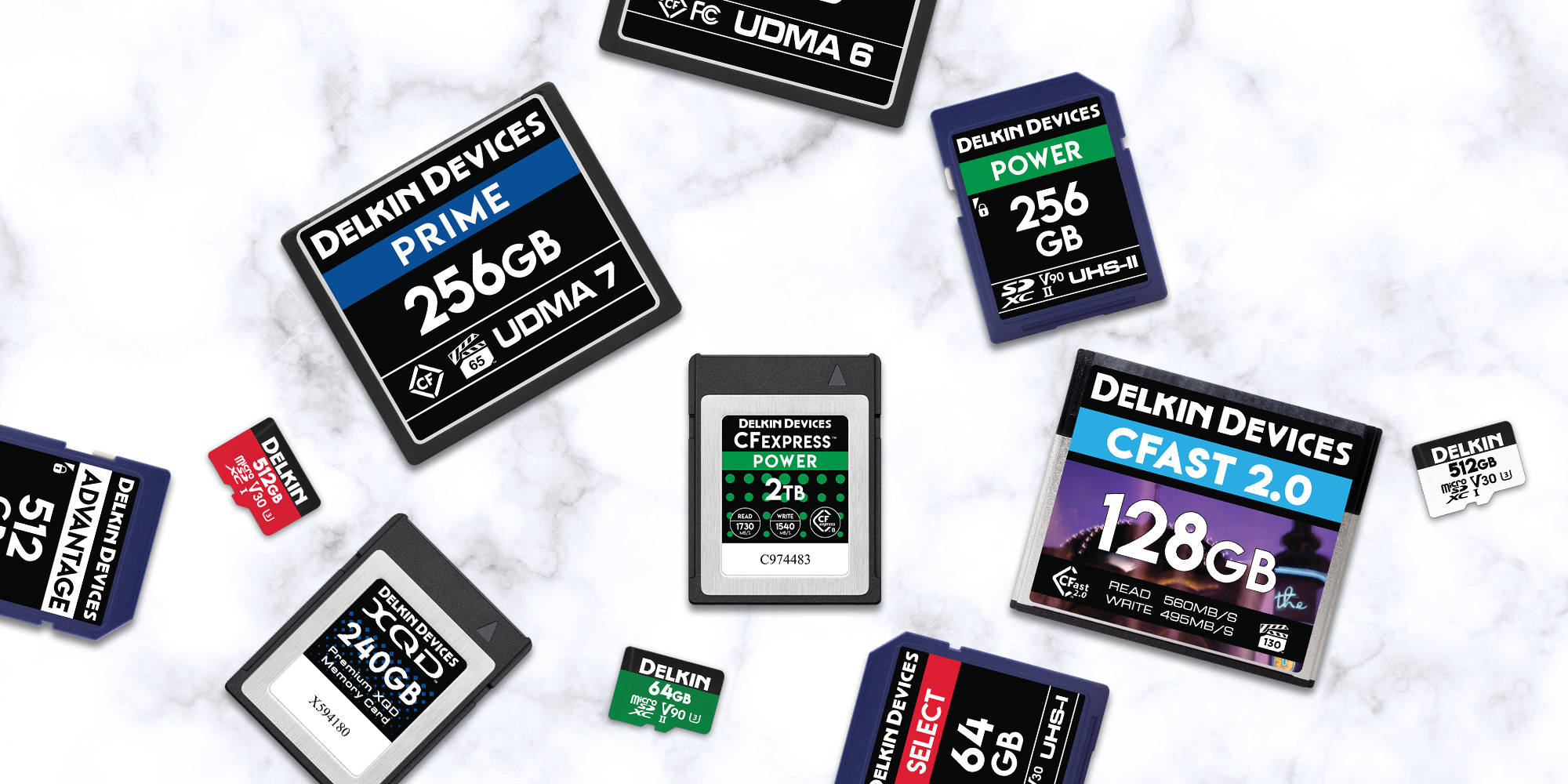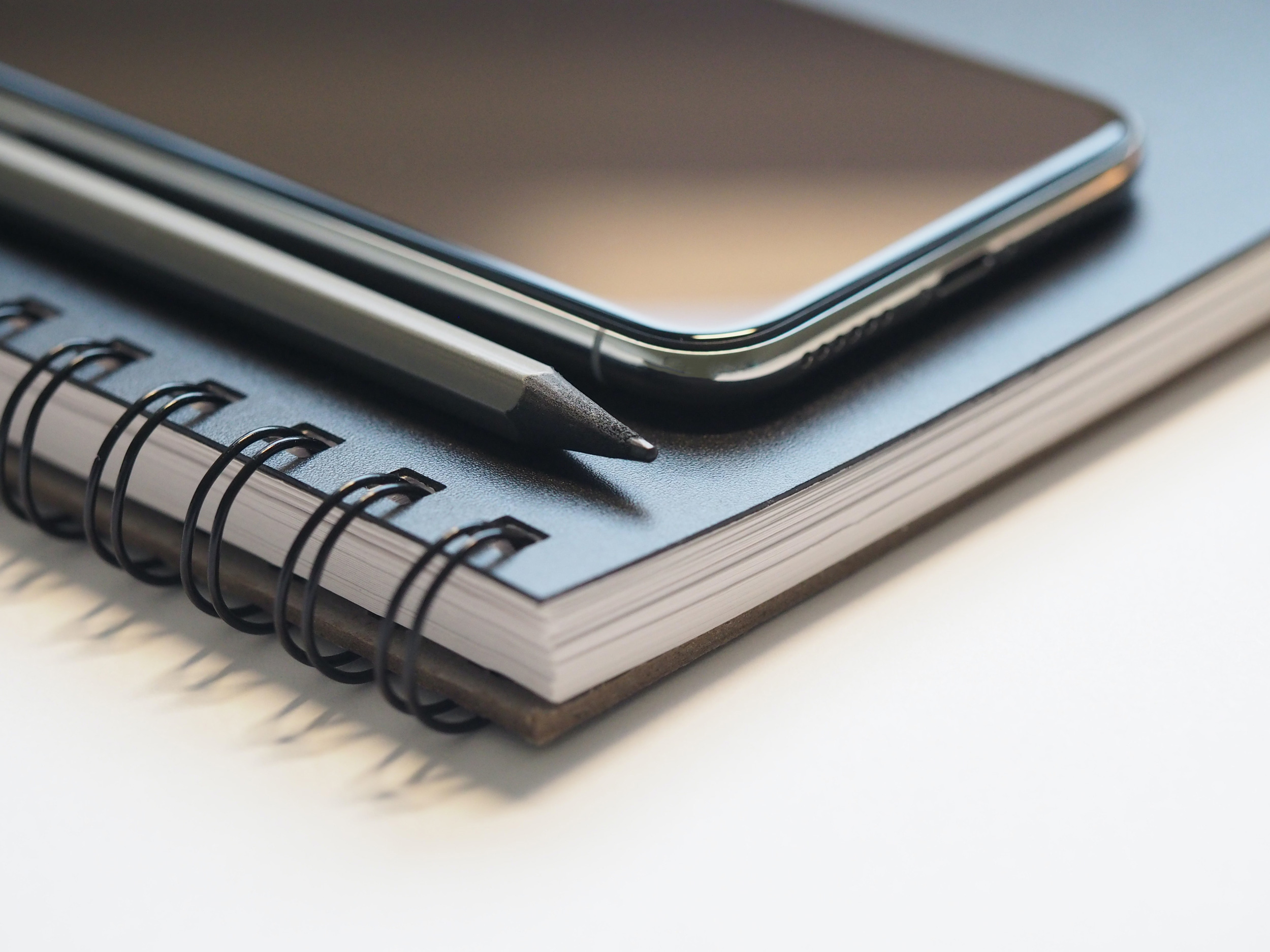
Did you know that your memory cards need to eventually be replaced? If not, it’s ok – a good percentage of photographers and videographers don’t know either. A common misconception among camera owners is that once you buy a memory card, especially an expensive one, it will last forever. But unfortunately, all flash memory wears out, some quicker than others depending on how the card was manufactured. In this article, we’ll cover what causes flash memory to degrade over time and at which point you should consider replacing your existing memory cards with “fresh” ones.
GUIDE TO UNDERSTANDING MEMORY CARD FAILURE:
- The Average Lifespan of a Memory Card
- Necessity of Wear-Level Technology
- Reasons for Memory Card Failure
- When to Replace Old Memory Cards
THE AVERAGE LIFESPAN OF A MEMORY CARD:
Unlike food, the life of a memory card is not based off an estimated expiration date that starts the day it is manufactured, but rather usage. According to the SD Association, memory cards utilizing current technology, along with normal usage, typically last 100,000 data-write cycles; meaning that you could theoretically fill up a memory card every single day for several decades and experience no issues. This is all due to a technology in the controller of the memory card called “wear leveling”, which spreads the data being written evenly across all cells and blocks and reduces the amount of wear on certain areas of the card. A memory card with no wear leveling is unlikely to last very long.
NECESSITY OF WEAR-LEVELING TECHNOLOGY:
Without wear leveling, the card’s flash controller must permanently assign the logical addresses from the operating system (OS) to the physical addresses of the flash memory. Every new write to a previously written block would then require the block to first be read, erased, modified, and re-written to the same location, which is time-consuming. In addition, blocks frequently written to will wear out quickly, while others will not be used at all. Blocks that reach their end of life can ultimately render the device inoperable.

Image Credit: TDK Corporation
REASONS FOR MEMORY CARD FAILURE:
So if memory cards are designed to withstand thousands of write cycles, why do they tend to fail from time-to-time? A variety of factors can contribute, including bad blocks and formatting errors. Even with wear leveling technology, memory cards will develop bad blocks as they age and the accumulation of those will result in either reduced performance or possible card failure. The leading cause of bad sectors though is when a card is removed unsafely from the host device, whether that may be a camera, memory card reader or any other recording device (e.g. Not clicking “eject” on your computer or removing the card mid-write). Errors during formatting is another possibility as any interruptions or errors during the process will damage the memory card. Once a card is damaged, the likelihood of making a full repair is slim and any data that gets lost is lost forever.
 Aside from bad blocks and formatting errors, several less considered factors that can contribute to memory card failure is negligence and temperature. Out of all of today’s standard memory cards, SD cards are probably the most fragile that require more care when handling. Physical drops, impact and moisture can significantly affect the card’s condition, which is why it’s recommended that cards be kept in some type of protective storage case when not in use. Even the way the card is inserted and taken out of the host device can compromise its internal components. Delkin BLACK memory cards were our solution to this issue as they were specifically designed to be more physically durable (3x stronger than standard SD cards) and ensure longevity. Temperature is the last factor as heat or cold can affect the materials used on the memory card, though it’s less likely to be an issue unless in extreme conditions.
Aside from bad blocks and formatting errors, several less considered factors that can contribute to memory card failure is negligence and temperature. Out of all of today’s standard memory cards, SD cards are probably the most fragile that require more care when handling. Physical drops, impact and moisture can significantly affect the card’s condition, which is why it’s recommended that cards be kept in some type of protective storage case when not in use. Even the way the card is inserted and taken out of the host device can compromise its internal components. Delkin BLACK memory cards were our solution to this issue as they were specifically designed to be more physically durable (3x stronger than standard SD cards) and ensure longevity. Temperature is the last factor as heat or cold can affect the materials used on the memory card, though it’s less likely to be an issue unless in extreme conditions.WHEN TO REPLACE OLD MEMORY CARDS:
Although the risk of wearing out a memory card is low, card failures most often happen without warning, so it would be wise to establish some precautions in the case that something does go wrong. Have at least 2-3 backup cards on-hand, offload your photos and videos to your computer regularly, and format the cards in-camera after offloading – these are just some measures you can take. There’s no definitive rule on when a memory card should be replaced, but it is something every photographer and videographer should keep in mind especially if they are capturing thousands of photos and hours of high-resolution video during multiple shoots.

